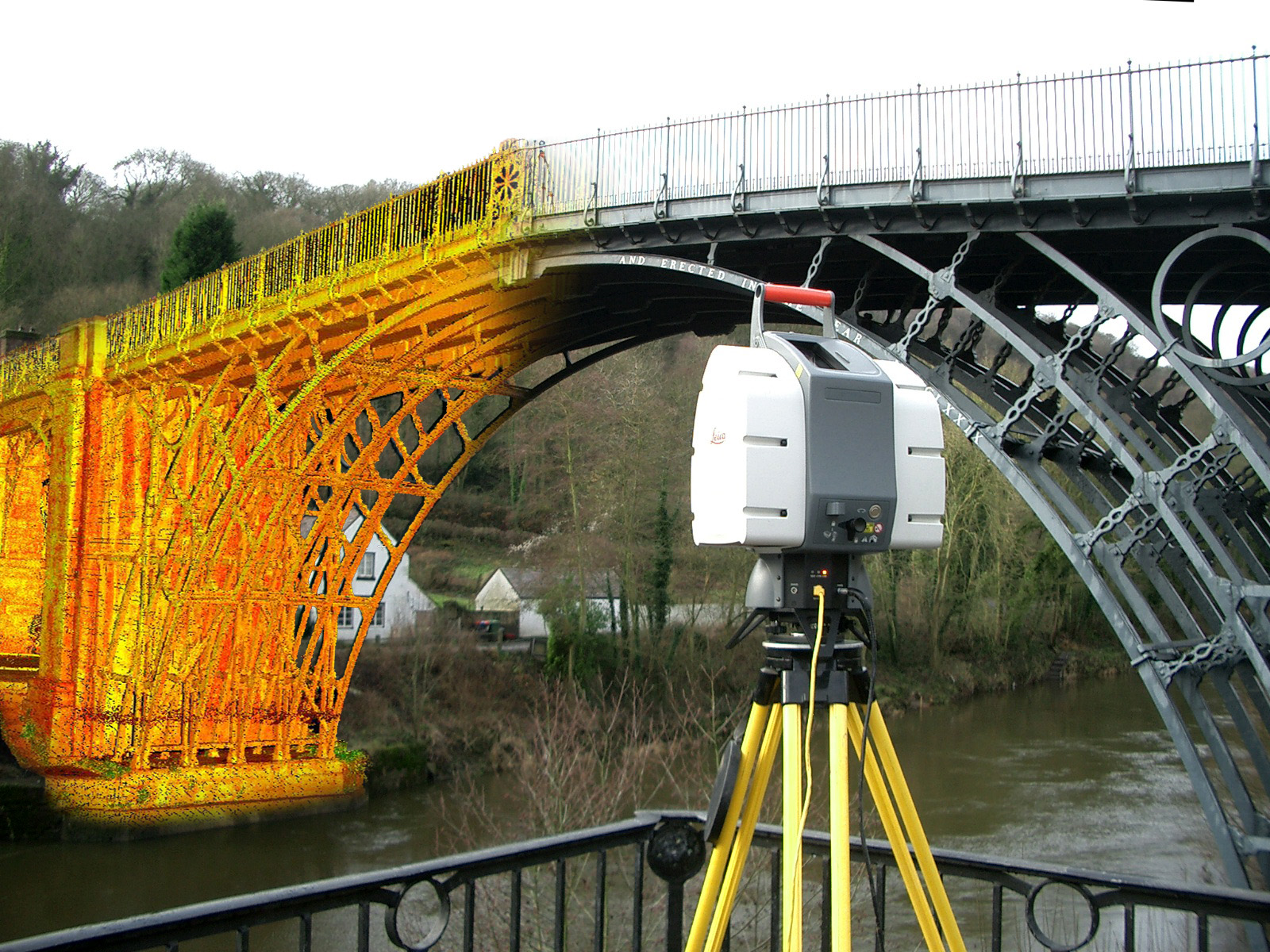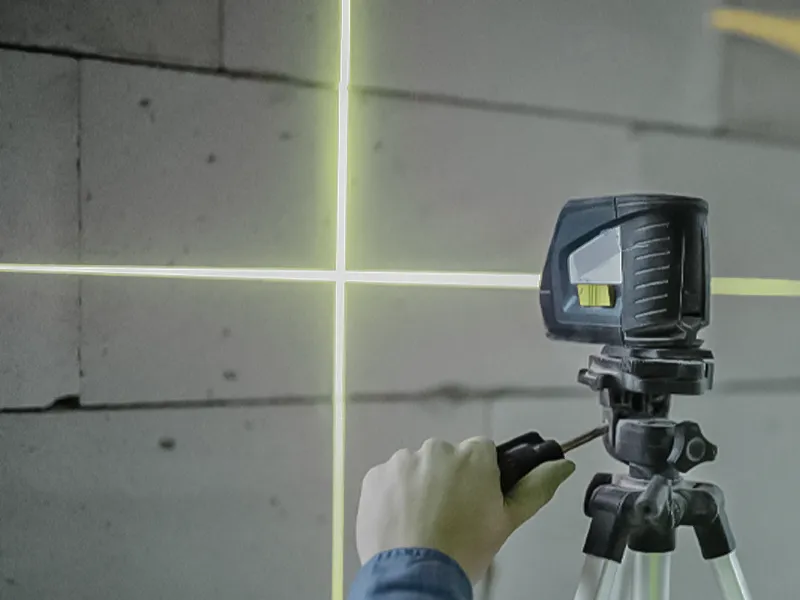Just How 3D Laser Scanning Changes Architectural Layout and Building Projects
3D laser scanning is changing the landscape of architectural style and building and construction. This technology offers unparalleled accuracy in recording existing atmospheres, which assists in better project preparation and implementation. It minimizes mistakes while improving effectiveness in numerous stages of advancement. The ramifications for partnership amongst architects, designers, and other stakeholders are substantial. These advancements open the door to brand-new style possibilities and cutting-edge solutions. What exists ahead for this advancing technology?
The Principles of 3D Laser Scanning Technology
3D laser scanning innovation might seem complicated, its core concepts are transformative and uncomplicated for architectural style. This technology employs laser beam of lights to record exact dimensions of physical frameworks, producing a detailed point cloud that stands for the scanned atmosphere. A laser scanner discharges fast pulses of light, measuring the moment it considers the light to return, which permits the computation of distances with amazing precision.
The resulting factor cloud can be exchanged a 3D version, providing architects with indispensable aesthetic information. This version makes it possible for specialists to manipulate and analyze style elements within their projects, allowing for innovative services and enhanced visualization. By employing 3D laser scanning, architects can better understand the status quo of a site, making certain that brand-new layouts harmonize with their surroundings. This combination of technology into building style marks a significant improvement, fostering creative thinking and precision in the field.

Enhancing Accuracy and Performance in Architectural Projects
As building projects significantly demand accuracy and speed, 3D laser scanning becomes a crucial tool in enhancing both precision and performance. This innovation captures numerous data points in a quick duration, producing specific and comprehensive 3D versions of existing frameworks. The capacity to obtain accurate measurements minimizes the risk of errors during the style phase, enabling engineers to picture their projects with exceptional quality.
The fast information collection process reduces the time invested on-site, enabling groups to concentrate on analysis and style improvements. With real-time information availability, adjustments can be made quickly, advertising an extra structured workflow. The assimilation of 3D laser scanning right into architectural methods not just enhances measurement precision yet also boosts the overall task timeline, promoting quicker decision-making. In an industry where precision is vital, this innovation stands as a transformative force, raising the standards of building design and building and construction projects.
Simplifying Collaboration Amongst Stakeholders
While conventional architectural processes often involve fragmented communication amongst stakeholders, 3D laser scanning cultivates an extra cohesive collaborative environment. By giving accurate, high-resolution information, this innovation enables architects, engineers, customers, and professionals to run from a unified factor of recommendation. The comprehensive visualizations produced via laser scanning get rid of misinterpretations and uncertainties, ensuring that all events have accessibility to the exact same details.
This openness boosts decision-making and motivates prompt responses, as stakeholders can easily visualize style components and spatial relationships. In addition, the combination of 3D scanning data right into Structure Details Modeling (BIM) systems further improves cooperation, enabling real-time updates and modifications. Such seamless communication not only lessens disputes however likewise speeds up task timelines, as all stakeholders remain aligned throughout the layout and construction stages. Inevitably, 3D laser scanning changes traditional operations right into an extra collaborative and reliable procedure, profiting all events included.
Unlocking Imaginative Opportunities in Style
By allowing designers to envision intricate elaborate information and spatial partnerships, 3D laser scanning exposes innovative possibilities in layout. This technology permits specific mapping of existing atmospheres, allowing designers to check out ingenious principles that could have previously appeared not practical. With extremely Get the facts exact data, designers can experiment with unconventional types and products, pushing the boundaries of typical architecture.
The combination of 3D laser scanning into the layout process promotes partnership amongst multidisciplinary groups, urging the exchange of concepts and enhancing creative thinking. The detailed visualizations generated by this technology not only aid in determining potential layout challenges but likewise influence options that may not have actually been considered. Because of this, engineers can develop much more interesting and vibrant spaces that resonate with users while satisfying useful requirements. Eventually, 3D laser scanning changes the architectural landscape, encouraging developers to realize their visions with unmatched precision and creativity.
The Future of 3D Laser Scanning in Architecture and Construction
The integration of 3D laser scanning right into building style not just improves creativity yet additionally establishes the phase for its progressing function in the future of architecture and construction. As modern technology developments, the accuracy and performance of laser scanning will remain to boost, enabling builders and engineers to produce a lot more complex styles with accuracy - 3D Scanning. The usage of this technology in real-time data collection will certainly facilitate far better decision-making, decreasing mistakes and enhancing process
Future applications may consist of digital and enhanced fact combinations, allowing stakeholders to envision jobs in immersive settings. Furthermore, as sustainability ends up being a priority, 3D laser scanning will sustain the growth of energy-efficient designs by giving in-depth understandings into existing structures. As collaboration among numerous disciplines becomes even more essential, the capability to share precise 3D designs will promote technology and enhance task results. Ultimately, 3D laser scanning will redefine requirements in building style and building and construction methods.
Regularly Asked Inquiries
What Is the Cost of Executing 3D Laser Scanning Technology?

How Long Does a Common 3D Laser Scanning Task Take?
A typical 3D laser scanning project can take anywhere from a few hours to a number of days, depending upon variables such as the project's size, complexity, and the degree of detail needed for precise data capture.
What Kinds Of Projects Benefit Many From 3D Laser Scanning?
3D laser scanning benefits different jobs, specifically large buildings, historic restorations, and complex renovations. It enhances accuracy in dimensions, minimizes errors, and offers in-depth data crucial for effective planning and execution in building layout and building.

Exist Specific Software Programs Required for 3D Laser Scans?
Yes, certain software programs are vital for refining 3D laser scans. 3D Scanning. Popular alternatives include Autodesk ReCap, Faro Scene, and Leica Cyclone, each offering special attributes customized for analyzing and visualizing scanned data successfully in numerous tasks
Just How Does 3D Laser Scanning Influence Environmental Sustainability in Building And Construction?
3D laser scanning enhances environmental sustainability in construction by minimizing product waste, allowing accurate measurements, and promoting reliable source usage. This innovation enables much better preparation, minimizing the eco-friendly footprint of building and construction tasks through improved precision and performance.
3D laser scanning is changing the landscape of architectural design and building. 3D laser scanning innovation may appear facility, its core concepts are transformative and straightforward for building style. By making it possible for designers to imagine intricate spatial partnerships and intricate details, 3D laser scanning exposes creative opportunities in style. The integration of 3D laser scanning right into the style procedure promotes cooperation amongst multidisciplinary groups, encouraging the exchange of ideas and boosting creativity. The assimilation of read what he said 3D laser scanning right into building style not just boosts imagination however also establishes the stage for its developing function in the future of architecture and building and construction.